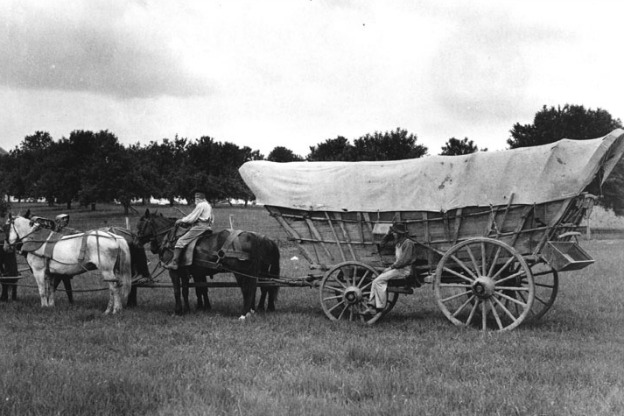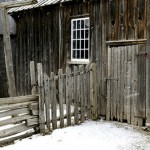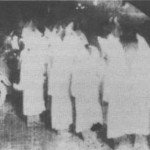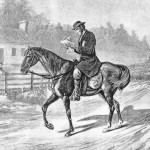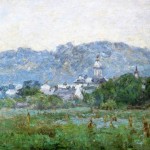Although German Americans are credited with having first designed and built the Conestoga wagon, they were hard pressed to find a place to worship once they made it out to the western frontier.
By the time Indiana became a state in 1816, most towns could boast of at least one church, whether that was a separate frame structure or a group that met in members’ homes. By the 1830s the Baptists, Presbyterians, Methodists, and Catholics had all made significant inroads, even into many fairly remote areas of the state.
But a German-speaking family moving from Pennsylvania or Ohio would have had great difficulty finding a Lutheran church where a pastor could baptize their children and where they could receive the sacraments. Lutherans relied on an ordained and educated clergy, a considerable disadvantage against Methodists and Baptists. Lutherans were also insular, not reaching out to those of other denominations and many preferring to continue to worship in their native language of German.
Finally, by the mid-1830s, two groups of Lutheran ministers, one based in Pennsylvania and the other in Tennessee, sent out a handful of Lutheran missionaries into Indiana, Illinois, and Missouri. The Reverends John Heyer and Ezra Keller were both pastors in Pennsylvania, which contained one of the largest concentrations of Lutherans in America at the time. They set out to visit areas of German settlement, of which there were many in Indiana. “I am satisfied,” wrote Heyer in a January 1836 letter to his supervisor in Pennsylvania, “that there is much work to be done in Indiana, but when, how, and by whom it is done, these are questions which I shall be better able to answer, after exploring the state more extensively.”
Both Heyer and Keller visited individual families and small groups over a period of several months of intensive travel. They found many clusters of German Lutherans in need of pastoral care, but Heyer questioned how many Lutheran pastors should actually come west: “Ministers of ours, who have families, ought not for the present at least, to think of moving to this western country, unless they intend farming. The stations are too weak to support a man with family.” Several months after his travels began, Heyer could only report “ten ministers in the State of Indiana, who go by the name of Lutherans.”
Lutheran churches would eventually spring up in areas of German settlement in Indiana. The denomination would see its greatest growth in the Midwest, however, in decades after the Civil War when migration from Scandinavia flooded Wisconsin, Minnesota, and the Dakota Territory with Lutherans. Still, Heyer and Keller were forerunners of a significant, if never dominant, presence on the religious landscape of the American Midwest.
Source: R. F. Rehmer, “Sheep Without Shepherds: Letters of Two Lutheran Traveling Missionaries,” Indiana Magazine of History 71 (March 1975)
A Moment of Indiana History is a production of WFIU Public Radio in partnership with the Indiana Public Broadcasting Stations. Research support comes from Indiana Magazine of History published by the Indiana University Department of History.










